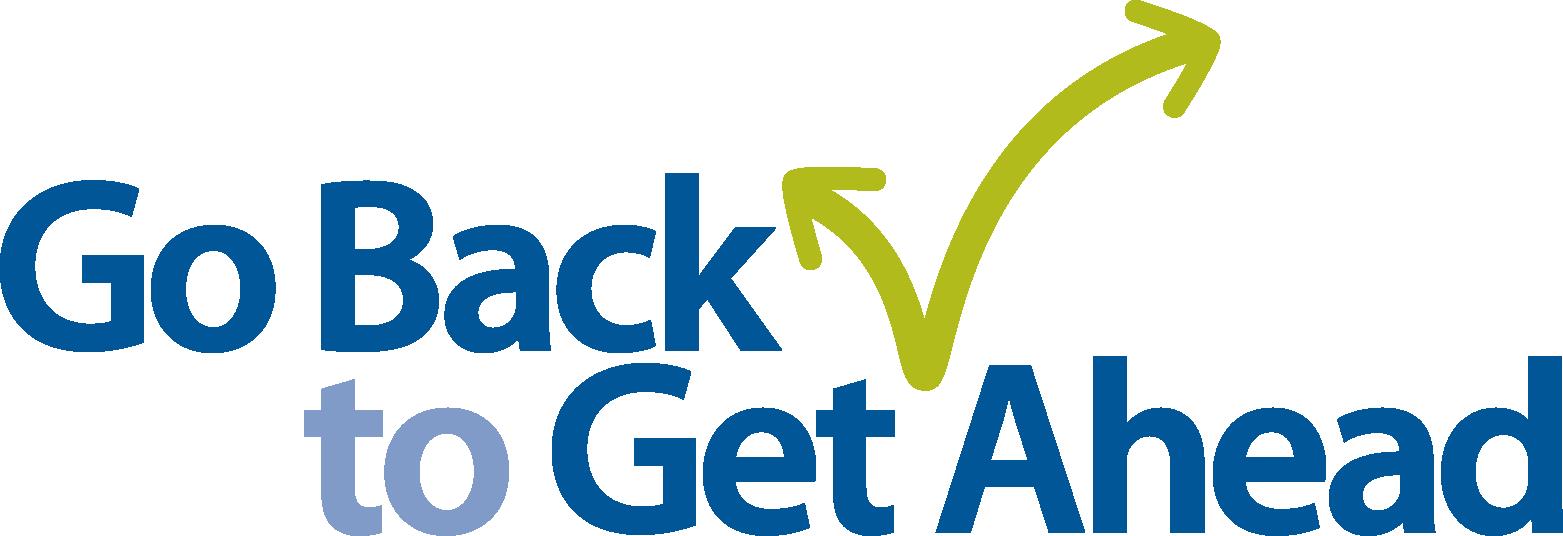Limited Time Offer!: Using Retail Marketing Tactics to Get Adults Back to College
Published by: WCET | 6/24/2014
Tags: Collaboration/Community, Completion, Cost Of Instruction, Marketing, Student Success, System/Consortia
Published by: WCET | 6/24/2014
Tags: Collaboration/Community, Completion, Cost Of Instruction, Marketing, Student Success, System/Consortia
Connecticut’s innovative new program to attract students with some credits, but no degree has had amazing success in grabbing the attention of its target audience. Thank you to Ed Klonoski, President of Charter Oak State College, who describes “Go Back to Get Ahead,” which started only a few weeks ago.
Russ Poulin
I am here to tell you a story that contains the seeds for a new and powerful approach to degree completion. It is my hope that this description of Connecticut’s Go Back to Get Ahead program will provide the key elements necessary to rolling out a successful statewide program in your locality.
Thanks to the work of Lumina Foundation, the idea that American higher education must find a way to educate more working adults in order to provide the economy with a sufficiently skilled workforce is now gaining traction among the political class (i.e. governors). We also know that today 40% of college students are over age 24 while only 15% are 18-24, residential and full time. The current student population is part time and older; in fact, this is the new majority. And to make that change even more important, in Connecticut, we are seeing a 1.8% annual decline in our eighteen year olds.
These three facts, when taken together, make this the perfect moment to get serious about adult degree completion. Lumina talks about raising the postsecondary attainment level of our workforce to 60% by 2025. In Connecticut, because we have no natural resources (gas, oil, timber, farming, etc.), we believe we must hit 70% degree attainment in our workforce within the next decade.
Nationally, the work in degree completion has been gaining strength in the past five years thanks to efforts like the Adult College Completion Network and the The Graduate! Network, Inc.. When planning the Connecticut initiative, I spoke to program directors in states including Indiana, Georgia, and Texas. My own institution, Charter Oak State College, has been focused on helping adults complete a degree for 40 years. But I am here today to tell you about a new program that our Governor launched which is helping shape a dynamic new approach to re-enrolling returning adult students.
Connecticut Targets Students with Some College but No Degree
The Go Back To Get Ahead program is a direct result of Connecticut legislation: “An Act Improving College Completions.” The bill, which went into effect July 1, 2014, seeks to encourage Connecticut residents “who previously enrolled in an associate’s or bachelor’s degree program, but left such program prior to its completion, to return to an institution of higher education to earn a degree.” The bill was amended to add residents who completed associate degrees but did not go on for their bachelor’s.
Connecticut governor Dannel P. Malloy has been the driving force for this project. The Governor is a strong supporter of workforce improvements and, as a result, he proposed $20 million for this program; $2 million for administration and the remainder to provide financial incentives. The program will pay for up to three free courses plus standard fees at the part time rate. The money is paid to the colleges and deducted from each student’s bill. To receive this incentive, students must matriculate and carry a minimum of 6 credits per semester. Students will receive the first incentive in their first semester, the second in the next semester, and the third in their final semester (to drive completion).
The Connecticut State College and Universities system gave the project to Charter Oak State College to manage, and we began our work while the General Assembly was still debating the budget. In May, the legislature passed a budget that included $6 million for Go Back To Get Ahead, and the program launched on June 2—just 120 days after the Governor first announced it.
The program will accept returning students from any regionally accredited institution, but only allows them to receive the incentive to return to one of the 17 colleges in the Connecticut State Colleges and Universities System (4 state universities, 12 community colleges, and 1 online college). So GBTGA is the key enrollment growth strategy for our system.
How We Organized Go Back To Get Ahead
As I mentioned, the program is being administered by Charter Oak State College (COSC). A small, dedicated Go Back To Get Ahead enrollment staff was hired by COSC to advise all the returning students and support the business office processes. The Provost of COSC is the project manager. COSC staff are taking the lead roles in marketing the project, purchasing and setting up the CRM to manage the project, training staffs at the 17 colleges to manage the referral funnel and to use the CRM, and training staff on the reimbursement process.
The Provost and her staff have committees with representation from each of the 17 colleges to develop processes, program guidelines, and eligibility requirements. The Provost has developed a communication structure to keep the 17 colleges informed. Charter Oak staff (the President, Provost, Marketing Director, Chief Financial Officer, Chief of Information Technology, and Director of Admissions) meet with the President of the Board of Regents regularly to keep them updated and to affirm decisions. The Connecticut Distance Learning Consortium (CTDLC) is providing its Call Center to support call overflow and off hour calls. The program is determined to answer every call in real time.
Telling Students about Go Back To Get Ahead: Act While Supplies Last!
Working with the information technology, institutional research, and other staff at each of the 17 colleges, COSC developed an unduplicated list of potential students (over 80,000) to invite to return to college. A personalized letter signed by the Governor and the President of the Board of Regents (BOR) was sent during the month of June to this list of potential returnees. This is being augmented by a statewide media campaign comprised of radio spots, social media, Internet ads, etc. and a public relations campaign featuring the Governor, President of the BOR, and other college presidents. The campaigns and marketing will drive the potential students to a URL or phone number so they can begin the process of returning.
The project is designed to encourage the students to take action. Students must matriculate by September 30, 2016. The program will end June 30, 2018. However, once the money is depleted, no additional students will be admitted. This is the retail nature of the incentive. It is literally, “buy one get one while supplies last.” The early results were spectacular because this “act now” message really worked. For Charter Oak, it was remarkable to see adult degree completers acting quickly—this never happens to us in our normal recruitment conversations.
The Response from Students Has Been Huge
Let’s look at the data. The program is in its third week as of this writing. Our current count for inquiries is 3,141 and we have referred 1,185 students to one of the 17 institutions. We are converting 37% of our inquiries to referrals. The success rate for the online inquiry form is 95.4%. That means almost everyone who starts the form finishes it. We put a special source code on the letters we mailed to our dropouts and 885 of the inquiries are from those letters (28%). That means that more than 70% of the inquiries are from students who heard about the offer from the media or from recipients of the letter.
It is too soon to measure the conversion rate from referrals to matriculants, but we have insisted on a 48 hour turn around for contacting referrals, and that has happened. The institutions in our system were concerned that Charter Oak would harvest all the returning students because like Excelsior and Edison, Charter Oak State College is a degree completion specialist, with a 6 credit residency requirement, extremely flexible course transfer policies, and an aggressive approach to Prior Learning Assessment strategies (tests and portfolios).
So far Charter Oak is averaging 22% of the referrals, which seems reasonable. That number may increase slightly over time, but students are choosing from all 17 of our institutions. What Charter Oak provides is low cost, online, and completion friendly solution for students who are very close to attaining either the Associates or the Bachelors. In my opinion, this is part of the special sauce that makes this program work.
What We’ve Learned So Far
So to wrap this up, the Go Back To Get Ahead program is succeeding (we may actually run out of money for free courses in 45 days at our current rate of success) because the program included the following elements:

I hope this short program description generates some interest in the topic. I will be happy to report back in the fall when we have numbers on enrollments, institutional choices, and cost per enrollment. Then next semester I will have numbers on persistence. If asked, I can also share our eligibility requirements (the small print that is part of every buy one, get one offer).
Ed Klonoski
President
Charter Oak State College
eklonoski@charteroak.edu